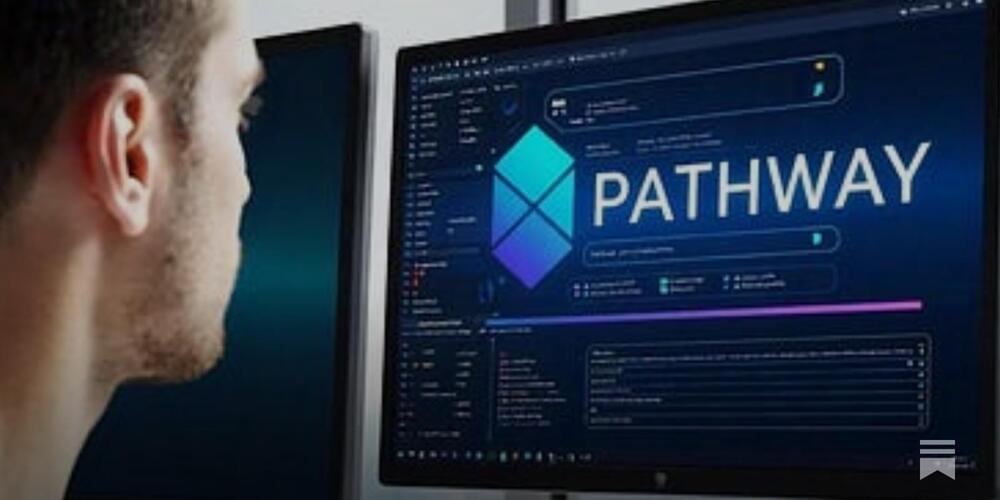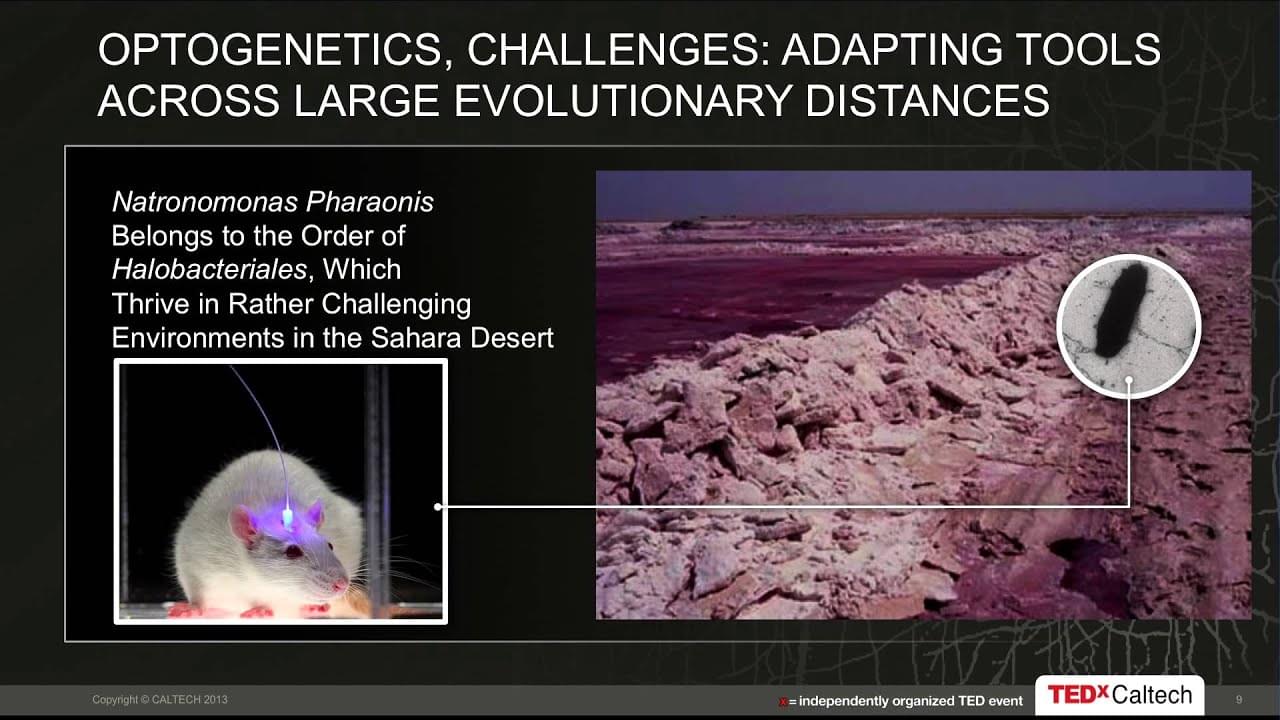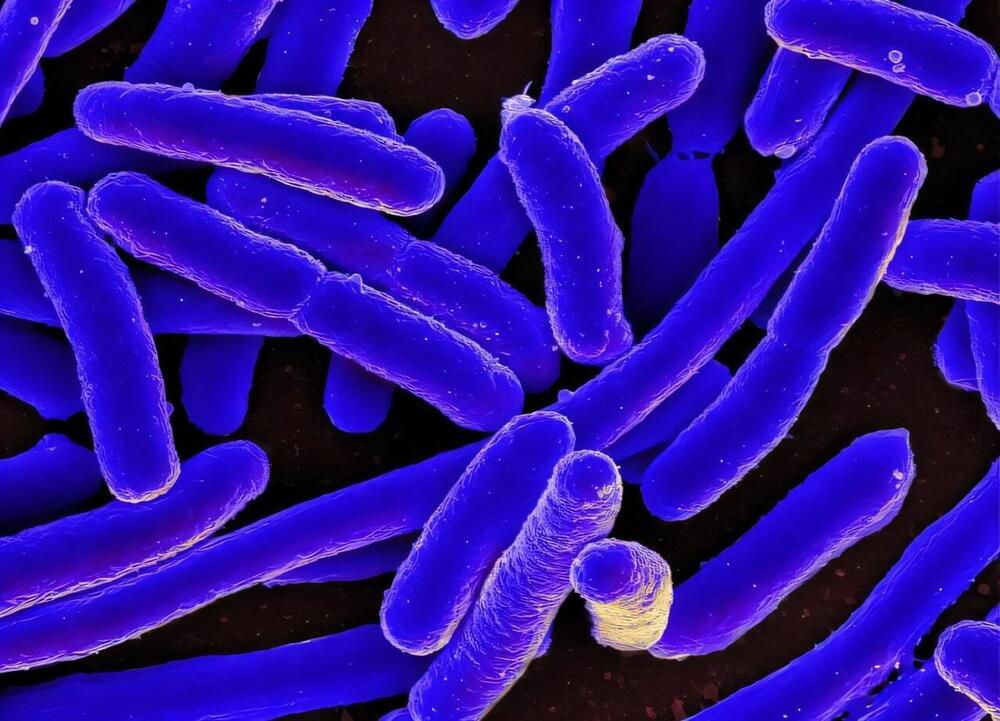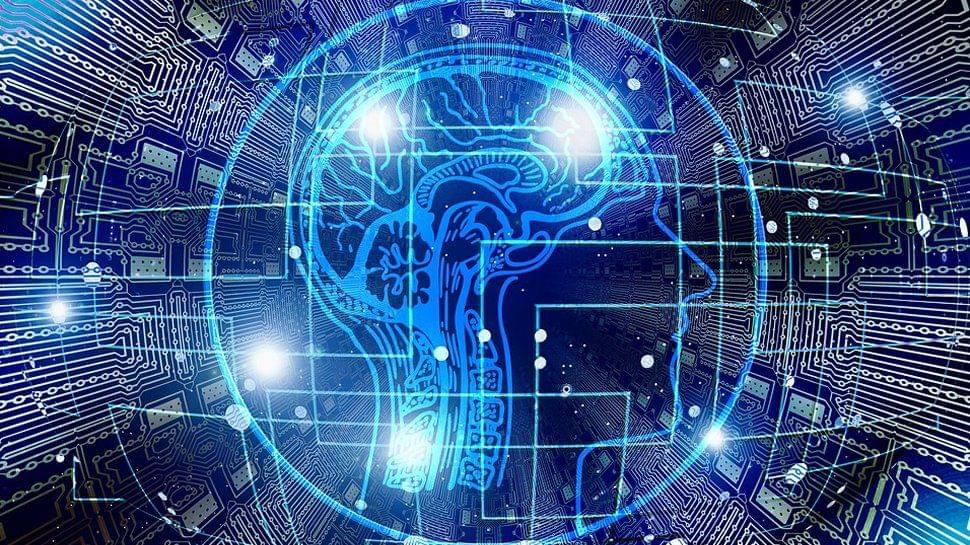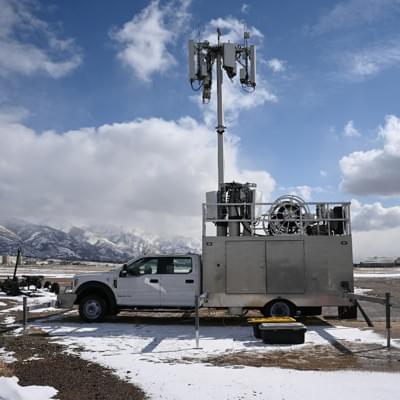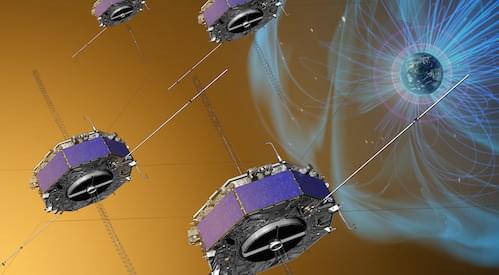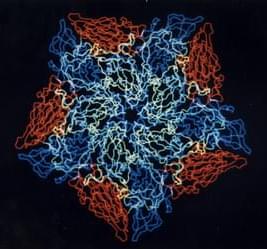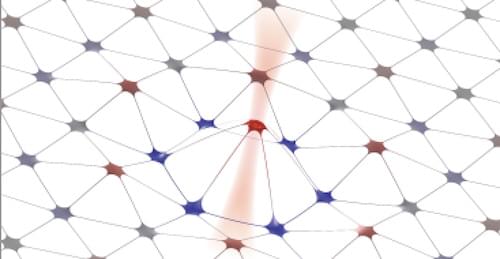Made from faux Martian and lunar soil, a new sulfur-based compound could also lead to faster construction on Earth.
Pathway has just raised a $10 million Seed round to build live AI systems that, claims the company, think and learn in real-time as humans do.
Viviana Gradinaru, an assistant professor of biology at Caltech, discovered her passion for neuroscience as an undergraduate at Caltech, her alma mater. Viviana did her Ph.D. work with Karl Deisseroth at Stanford University where she played an instrumental role in the early development and applications of optogenetics, a research area concerned with the perturbation of neuronal activity via light-controlled ion channels and pumps. More information on her own lab at Caltech can be found at glab.caltech.edu. Viviana is also interested in entrepreneurship for better human health and has co-founded a company, Circuit Therapeutics, based on optogenetics.
In the spirit of ideas worth spreading, TEDx is a program of local, self-organized events that bring people together to share a TED-like experience. At a TEDx event, TEDTalks video and live speakers combine to spark deep discussion and connection in a small group. These local, self-organized events are branded TEDx, where x = independently organized TED event. The TED Conference provides general guidance for the TEDx program, but individual TEDx events are self-organized.* (*Subject to certain rules and regulations)\ \ .
On January 18, 2013, Caltech hosted TEDxCaltech: The Brain, a forward-looking celebration of humankind’s quest to understand the brain, by exploring the past, present and future of neuroscience. Visit TEDxCaltech.com for more details.
Bacteria modify their ribosomes when exposed to widely used antibiotics, according to research published in Nature Communications. The subtle changes might be enough to alter the binding site of drug targets and constitute a possible new mechanism of antibiotic resistance.
Escherichia coli is a common bacterium which is often harmless but can cause serious infections. The researchers exposed E. coli to streptomycin and kasugamycin, two drugs which treat bacterial infections. Streptomycin has been a staple in treating tuberculosis and other infections since the 1940s, while kasugamycin is less known but crucial in agricultural settings to prevent bacterial diseases in crops.
Both antibiotics tamper with bacteria’s ability to make new proteins by specifically targeting their ribosomes. These molecular structures create proteins and are themselves made of proteins and ribosomal RNA. Ribosomal RNA is often modified with chemical tags that can alter the shape and function of the ribosome. Cells use these tags to fine tune protein production.
The Defense Department has released a new strategy document that gives global military installations the ability to use private 5G networks if such solutions best meet their mission needs.
The Pentagon’s private 5G deployment strategy, which was signed on Oct. 16 and publicly released on Tuesday, outlined the operational requirements that must be met for DOD bases to embrace private networks instead of commercial high-speed solutions.
In a foreword to the guidance, DOD Acting Chief Information Officer Leslie Beavers called the new document an addendum to the department’s 5G strategy and implementation plan that were released in 2020. That previously issued guidance outlined the need for DOD to leverage the use of “private, hybrid and public 5G networks” to enhance its operational and data-sharing capabilities across the globe.
Officials of the Army Contracting Command at Redstone Arsenal, Ala., announced a $670.5 million contract to DTS last week to build the common hypersonic glide body and thermal protection system. DTS is a wholly owned subsidiary of Leidos Dynetics.
The Army hired DTS to produce the first commercially manufactured set of common hypersonic glide body systems. DTS is working with Lockheed Martin Corp. to support integration and prototyping of the new common hypersonic glide body, which is expected to be available across military services to provide commonality to air-, land-, and sea-launched hypersonic weapons.
Ocean currents spin off huge gyres, whose kinetic energy is transferred to ever-smaller turbulent structures until viscosity has erased velocity gradients and water molecules jiggle with thermal randomness. A similar cascade plays out in space when the solar wind slams into the magnetopause, the outer boundary of Earth’s magnetic field. The encounter launches large-scale magnetic, or Alfvén, waves whose energy ends up heating the plasma inside the magnetosphere. Here, however, the plasma is too thin for viscosity to mediate the cascade. Since 1971 researchers have progressively developed their understanding of how Alfvén waves in space plasmas generate heat. These studies later culminated in a specific hypothesis: Alfvén waves accelerate ion beams, which create small-scale acoustic waves, which generate heat. Now Xin An of UCLA and his collaborators have found direct evidence of that proposed mechanism [1]. What’s more, the mechanism is likely at work in the solar wind and other space plasmas.
Laboratory-scale experiments struggle to capture the dynamics of rotating plasmas, and real-world observations are even more scarce. The observations that An and his collaborators analyzed were made in 2015 by the four-spacecraft Magnetospheric Multiscale (MMS) mission. Launched that year, the MMS was designed to study magnetic reconnection, a process in which the topology of magnetic-field lines is violently transformed. The field rearrangements wrought by reconnection can be large, on the scale of the huge loops that sprout from the Sun’s photosphere. But the events that initiate reconnection take place in a much smaller region where neighboring field lines meet, the X-line. The four spacecraft of MMS can fly in a configuration in which all of them witness the large-scale topological transformation while one of them could happen to fly through the X-line—a place where no spacecraft had deliberately been sent before.
On September 8, 2015, the orbits of the MMS spacecraft took them through the magnetopause on the dusk side of Earth. They were far enough apart that together they could detect the passage of a large-scale Alfvén wave, while each of them could individually detect the motion of ions in the surrounding plasma. An and his collaborators later realized that these observations could be used to test the theory that ion beams and the acoustic waves that they generate mediate the conversion of Alfvén-wave energy to heat.
Researchers used machine learning to optimize the process by which a tiny cage is opened to release a molecule.
Researchers have designed a tiny structure that could help deliver drugs inside the body [1]. The theoretical and computational work required machine learning to optimize the parameters for the structure, which could stick to a closed shell containing a small molecule and cause the shell to open. The results demonstrate the potential for machine learning to assist in the development of artificial systems that can perform complex biomolecular processes.
Researchers are developing artificial molecular-scale structures that could perform functions such as drug delivery or gene editing. Creating such artificial systems, however, usually entails a frustrating tradeoff. If the components are simple enough to be computationally tractable, they are unlikely to yield complex interactions. But if the components are too complex, they become harder to combine and coordinate. Machine learning can reduce the computational cost of designing useful artificial systems, according to graduate student Ryan Krueger of Harvard University.
Forces imposed by laser light can manipulate the shape of a membrane’s vibrational modes.

